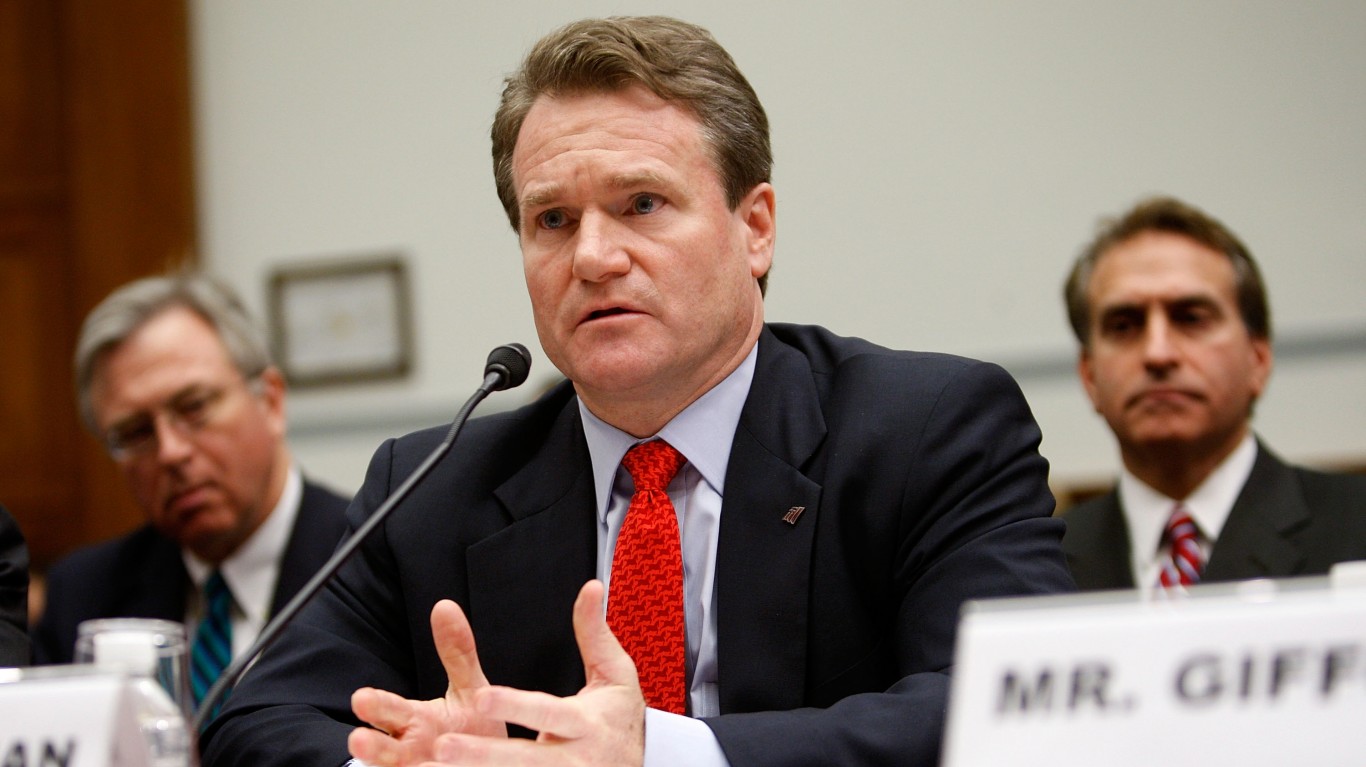Personal Finance
With a $5 million net worth — how do I find a bank that best serves high-net-worth clients?

Published:

Large financial institutions compete with each other on multiple market fronts. As finance is a global industry, not only are US banking giants like JP Morgan Chase, Bank of America, Wells Fargo, and Citibank vying for clients, but international banks like Santander, HSBC, TD Bank, Deutsche Bank, and others are competing for getting assets under management into their coffers.
Aggressive advertising campaigns have proliferated television, print, and social media outlets. If you’ve ever seen promotions for “wealth management” services, you are seeing the rebranding process underway for the banking industry, which has justifiably damaged its own reputation over the past few decades. Predatory and unfair fees, closing personal accounts over political preferences, “errors” that confiscate personal funds that are not resolved for months later without compensation, etc.

After the 2008 subprime mortgage banking meltdown, a number of government-mandated mergers of investment banks into commercial banks were enacted. Bear Stearns was acquired by JP Morgan Chase. Lehman Brothers was taken over by Barclays Bank. Bank of America took control over Merrill Lynch. The last one became particularly contentious. Bank of America CEO Brian Moynihan instituted a policy shortly after completing the merger for all Merrill Lynch reps to focus on acquiring high net worth clients. They were instructed to route all of their clients with $250K or less in AUM to their computerized order processing system, regardless of the length or depth of the prior client relationships. This caused an exodus of long-time reps who had built their books of business over decades with trusted and loyal clients, both large and small. Bank of America’s agenda, regardless of whatever advertising claims may be made, has not changed. The equivalent case can be made for its rivals.
A mid-30’s aged Reddit poster who has built up a joint net worth with his wife of $5 million. He was seeking a comparison of varying services from different banks, based on their AUM tier levels. His own circumstances included:
According to Bank of America’s own policies, the poster would qualify for Diamond Tier ($1M-$10M) AUM. This would afford him the following perks:
While the poster doesn’t indicate what kinds of additional services he desired specifically, these perks, on paper, can appear attractive, if one wishes to have all of their proverbial “cookies in a single basket.” However, upon closer inspection, there is a lengthy fine print list of disclosures and footnotes at the bottom of the promotions page that can easily be overlooked. This section includes such exception notations as:
Some of the respondents also made the following observations:
This article is intended to serve solely on an informational basis. For more comprehensive advice, one should consult a financial professional for a consultation.
The last few years made people forget how much banks and CD’s can pay. Meanwhile, interest rates have spiked and many can afford to pay you much more, but most are keeping yields low and hoping you won’t notice.
But there is good news. To win qualified customers, some accounts are paying almost 10x the national average! That’s an incredible way to keep your money safe and earn more at the same time. Our top pick for high yield savings accounts includes other benefits as well. You can earn up to 3.80% with a Checking & Savings Account today Sign up and get up to $300 with direct deposit. No account fees. FDIC Insured.
Click here to see how much more you could be earning on your savings today. It takes just a few minutes to open an account to make your money work for you.
Thank you for reading! Have some feedback for us?
Contact the 24/7 Wall St. editorial team.